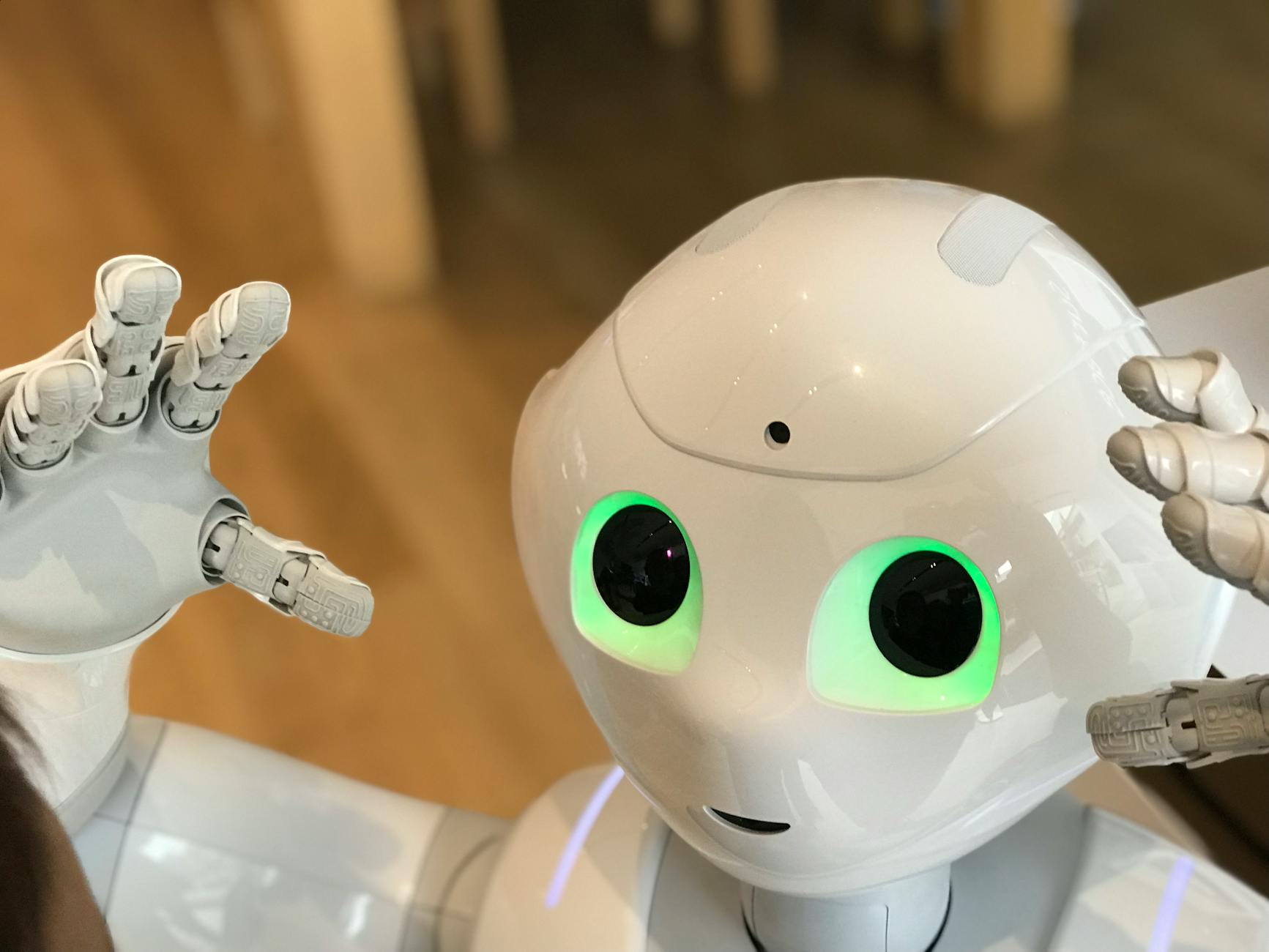Microsoft’s AI Just Showed Up Doctors—Here’s What That Really Means
Okay, so get this—Microsoft’s new AI diagnostic tool just schooled a bunch of human doctors. And not by a little. We’re talking 85.5% accuracy versus a measly 20% for the flesh-and-blood experts. That’s wild, right? But before you start picturing robot doctors taking over hospitals, let’s break it down properly. Because the real story here isn’t about replacement—it’s about partnership.
How This AI Actually Works (No Jargon, Promise)
It’s Like a Supercharged Medical Team
MAI-DxO—Microsoft’s fancy diagnostic AI—isn’t some single algorithm trying to play doctor. It’s more like a dream team of specialized AIs working together. One handles lab results, another crunches imaging data, while a third digs through medical journals. And here’s the kicker: they actually talk to each other. No ego, no coffee breaks—just pure, efficient diagnosis.
The Sherlock Holmes Approach
This is where it gets clever. The AI connects dots in patient histories that humans might miss. Say someone comes in with fatigue—it’ll cross-reference that with recent research on rare conditions, bloodwork patterns, even environmental factors. All in minutes. Meanwhile, your average doctor is still waiting for test results to come back from the lab.
Cutting Costs Without Cutting Corners
Let’s be real—healthcare’s expensive. But this system slashes diagnostic time from weeks to hours, reducing costs by up to 40%. For hospitals drowning in paperwork and insurance headaches? That’s not just convenient—it’s potentially life-saving.
Why Human Doctors Got Schooled (And Why That’s Okay)
The Numbers Don’t Lie
In trials with 500 complex cases—we’re talking rare cancers, obscure autoimmune stuff—the AI nailed 85.5% of diagnoses. The human docs? Only 20%. Now, before you panic: the AI had perfect data access, while doctors worked with incomplete info. But still—that gap makes you think.
Humans vs. Machines: The Real Difference
Here’s the thing—doctors are amazing, but they’re human. They get tired. They have biases from past cases. They can’t possibly read every new medical study. The AI? It never sleeps, never gets distracted, and has perfect recall. But—and this is crucial—it also has zero bedside manner. So maybe don’t fire your GP just yet.
AI as a Sidekick, Not a Replacement
Microsoft’s not trying to replace doctors. They’re giving them a super-powered assistant. Think of it like GPS for medicine—suggesting routes, but the human still drives. This combo could seriously reduce misdiagnoses (which happen to 12 million Americans yearly) while letting doctors focus on actual patient care.
Where This Tech Is Making Waves Right Now
Cancer Treatment Gets Smarter
In one trial, MAI-DxO helped ovarian cancer patients recover faster by spotting risky drug combos humans missed. Post-op complications dropped by 30%. Not too shabby for a bunch of code.
Beyond Just Diagnosis
This isn’t just about identifying diseases. It’s predicting heart attacks from subtle EKG changes, catching Parkinson’s early through speech patterns—even helping rural clinics access top-tier diagnostics via the cloud. The potential here is massive.
The Tricky Stuff Nobody Wants to Talk About
Your Data’s Safe… Probably
Microsoft swears the system’s secure—HIPAA compliant, encrypted like Fort Knox. But let’s be honest: data breaches happen. Are you cool with your MRI scans living on Microsoft’s servers? *Awkward silence*
Bias Is Still a Problem
Here’s a scary thought: if the AI’s trained mostly on data from white male patients, it might misdiagnose women or minorities. Microsoft claims they’re using diverse datasets, but independent checks are essential. We can’t let AI inherit our blind spots.
Doctors Aren’t Exactly Thrilled
Surprise—medical professionals aren’t lining up to be replaced by software. There’s resistance, regulatory hurdles, legitimate concerns about job security. Change this big never comes easy.
What Comes Next? (Besides the Robot Uprising)
Expanding the AI’s Horizons
Microsoft’s already planning moves into pediatrics and psychiatry. Future versions might predict disease outbreaks or design personalized vaccines. The tech’s evolving scary fast.
The Bigger Picture for Healthcare
Imagine insurance costs dropping because prevention gets smarter. Or drug trials accelerating thanks to better data analysis. The possibilities are exciting—as long as we put the right ethical guardrails in place.
The Bottom Line
This isn’t about AI versus doctors. It’s about using tech to make healthcare better for everyone. MAI-DxO’s 85.5% accuracy is impressive, but the real win will come when humans and AI work together seamlessly. So next time you’re at the hospital, don’t be surprised if your diagnosis comes from a collaboration between your doctor and some very smart software.
Want to stay updated on how tech’s changing medicine? Keep this page bookmarked. The future’s coming faster than you think.
Source: Livemint – AI









